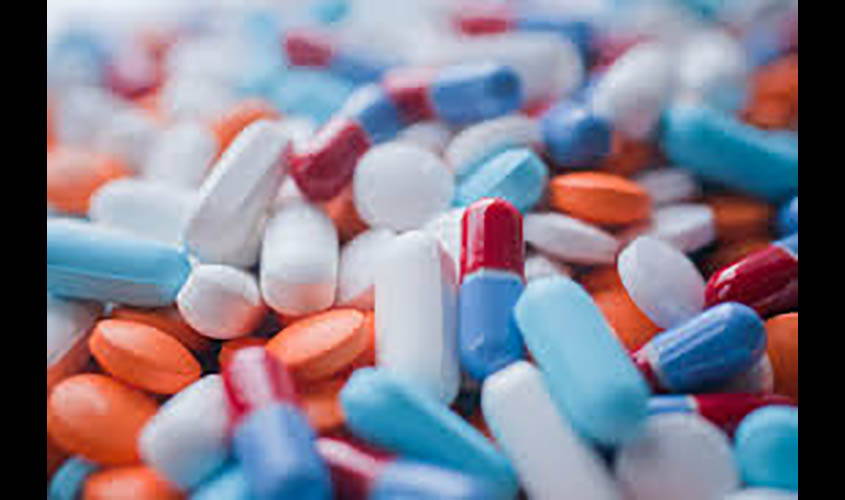Most states have a shortage of drug inspectors.
The recent WHO accusations about Indian cough syrups causing children’s deaths in Gambia and Uzbekistan without providing any data or proof has led to a lot of counter accusations of defamation of India, the pharmacy to the world. The present controversy is about the presence of diethylene glycol and ethylene glycol as a contaminant in propylene glycol, an excipient in cough syrups. National and international regulations require checking both the purity profile and impurity profile of a drug. The presence of unwanted chemicals even in extremely small quantities may influence drug efficacy and safety.
THE INDIAN DRUG RULE BOOK: The Drugs and Cosmetics Act, 1940 and Rules, 1945, as amended to date, regulate the import, manufacturing and distribution of drugs in India and ensures that the drugs and cosmetics sold in India and exported are safe, effective and conform to standards of quality as defined under Sections 8 and 16. It has elaborate provisions to check the production of spurious, adulterated, and substandard drugs that do not meet quality standards specified in pharmacopoeias. A drug is considered misbranded under Sections 9 and 17 if it makes fake claims about its therapeutic value. Section 18 prohibits the manufacture and sale of any substandard, misbranded, adulterated, and spurious drugs and cosmetics and Section 27 enumerates various stringent punishments for violation of manufacturers and traders, including those unlicensed, and Section 13 specifies punishment for such imported drugs. A spurious drug as defined in India, may or may not have ingredients with therapeutic use or a misleading substitute or label; while counterfeit drugs (international terminology) may comply with quality standards while imitating popular brands. The Drugs and Cosmetics Amendment Act 2008 provides very strict and stringent penalties for the manufacture of spurious and adulterated drugs.
QUALITY CONTROL AND QUALITY ASSURANCE PROBLEM: 4.5% of all generic medicines in the Indian market were substandard as per a 2018 report of the Central Drug Standard Control Organization (CDSCO). The Indian Ministry of Health and Welfare mandated the world’s largest ever scientifically designed and professionally executed Survey of Spurious and Not of Standard Quality Drugs (NSQ) by the National Institute of Biologicals (NIB), Noida. This survey detected 13 (0.0245%) samples to be spurious and 1,850 (3.16%) samples to be NSQ out of 47,012 samples tested of 47,954 drug samples collected, relating to 23 dosage forms drawn from 654 districts of 36 states and union territories from the supply chains including retail outlets, government sources and from eight airports and sea ports. A.N. Khan and R.K. Khar, in an article in the Indian Journal of Pharmaceutical Sciences stated that globally, every country is the victim of substandard or spurious drugs. They compiled and interpreted all data from 2000 to 2013 to reveal the real story of poor-quality drugs in India. They concluded that spurious or counterfeit drugs are involved in both generic and branded products of every category throughout the world, and result in life-threatening issues, financial loss and loss of trust in the health system. India is improving in the drug regulation process on account of the decline in the number of SSFFC (substandard/spurious/falsely-labeled/falsified/counterfeit medical products), a WHO term or NSQ drugs cases and by taking several important initiatives and preventive steps in the country. They emphasised the urgent requirement for more stringent regulation and legal action against the problem.
THE ENFORCEMENT PROBLEMS: Drugs and their manufacture come under the Concurrent List, whereas public health and sanitation is a state subject. The State Drug Control Department regulates the manufacture, sale, and distribution of drugs, while the CDSCO Central authorities are responsible for the approval of new drugs and clinical trials, laying down the standards for drugs, control of the quality of imported drugs, coordinating the activities of state drug control organisations and providing expert advice. Both the CDSCO and the Food Safety and Standards Authority of India (FSSAI) are under the Ministry of Health & Family Welfare. Some of our states have combined food and drug safety regulations under an FDA. Many large states with large pharma industries have multiple drug testing laboratories, but some of the states that have offered tax incentives to attract drug manufacturers do not have labs or qualified staff to ensure quality control. Most states have a shortage of drug inspectors as most of the vacancies have not been filled due to litigation or local political interference, leading to non-enforcement and corruption. We need to emulate the US Food and Drug Administration (FDA), which protects public health by ensuring the safety, efficacy and security of human and veterinary drugs, biological products, medical devices, radiation-emitting products, cosmetics, tobacco products and food.
Dr P.S. Venkatesh Rao is Consultant Endocrine, Breast & Laparoscopic Surgeon in Bengaluru.

